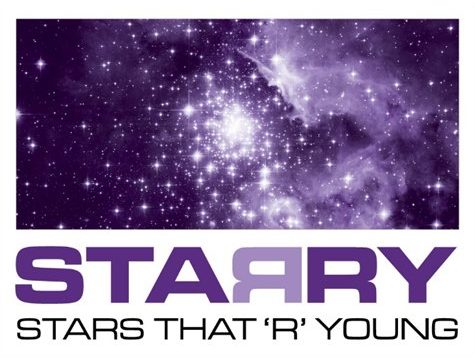Four years after I got the offer to start a PhD at the University of Leeds I start to see the end of that project on the horizon. When I was offered the position I was still a masters student in Madrid, willing to begin a career in astronomy and eager to start a PhD. I knew very little about astronomy, life and independent research. I did not know that much about English either. Now, thanks to the opportunity that the STARRY team in the Astronomy department of the University of Leeds gave me I had the chance to fulfil all my expectations. It has been four years with more travels than I can remember, conferences, observing runs, seminars, visits and a wonderful secondment at the Centro de Astrobiología and Isdefe in ESAC, Madrid. Thanks to this project I had the chance to learn about whatever I wanted to learn, research independently and have support in any question I had.
In these four years, I learnt many things that now I have assimilated as intuitive. I have learnt how to publish, how to communicate, how to do outreach, how to present my results at international conferences and how to interact with other researchers. In short, I have learnt how to do science. During the project, I developed my own novel techniques that ended up in different papers submitted to top-ranked peer-reviewed publications. Another example of the dimension of my personal development is the improvement I can see from my first talk to the last one, both in form and content.
In the personal ground, living in the UK has been a great experience. I had the chance to learn about a new culture and a new way of living. During these years I had the opportunity to travel around the UK and explore its wonderful landscapes and cities. Living in Leeds also gave me the opportunity to meet some great people and to start many friendships that will last for long, in addition to perfecting my Yorkshire accent. The secondment at ISDEFE (Centro de Astrobiología) gave me the opportunity to explore the city I studied in from a more mature and free perspective, and to meet the wonderful people that work there. They gave me a beautiful warm welcome and still make me feel at home every time I visit.
Now, I am writing up the last details of my PhD thesis, getting everything ready to close this stage of my life and embark on a new adventure still within Astronomy. A new adventure in which everything I have learnt in the STARRY project will still have a large impact.
